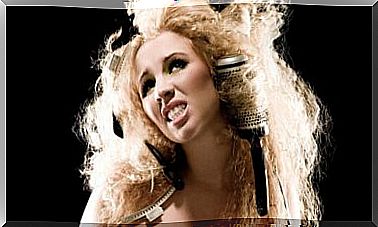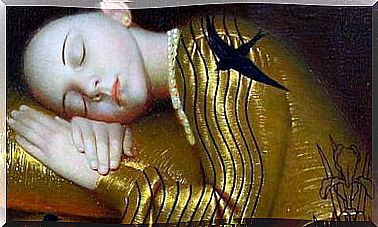Child’s Dystonia, What Is It?
Dystonia is the third most common type of movement disorder in childhood. Therefore, it is important to know what it is and how to diagnose it.
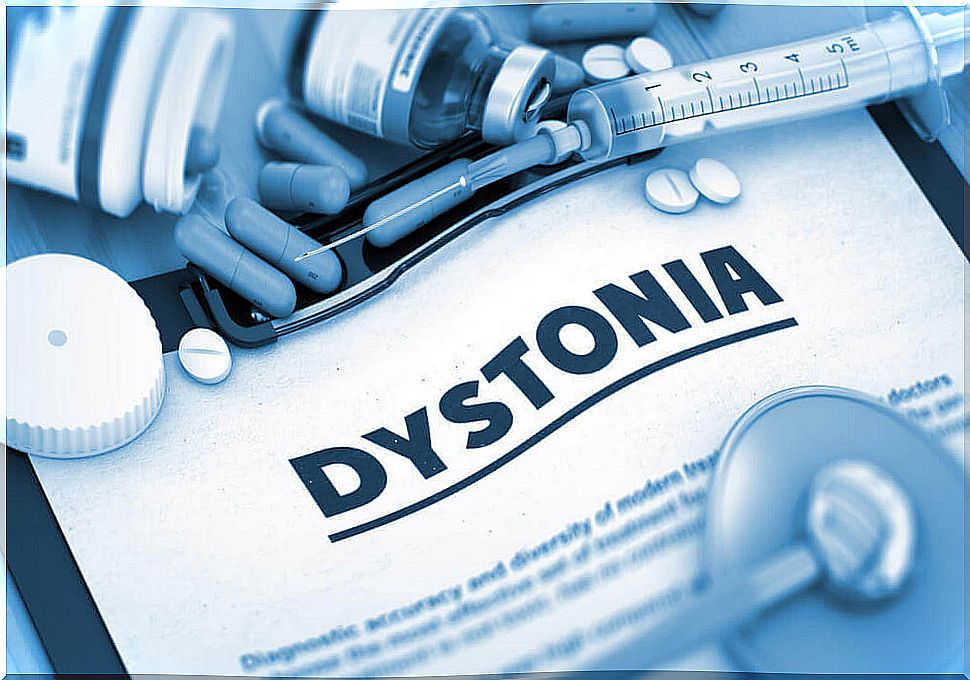
Dystonia is a movement disorder that causes involuntary muscle contractions. These contractions cause twisting and repetitive movements. It can be due to a genetic mutation, a disorder, or a drug. Therefore, some people inherit this condition. However, others develop it as a consequence of another disease.
It is relatively frequent in the child. According to the Spanish Society of Neurology (SEN), dystonia is the third most common type of movement disorder in childhood. In this article we explain what it is and how to diagnose it.
Types of dystonia in childhood
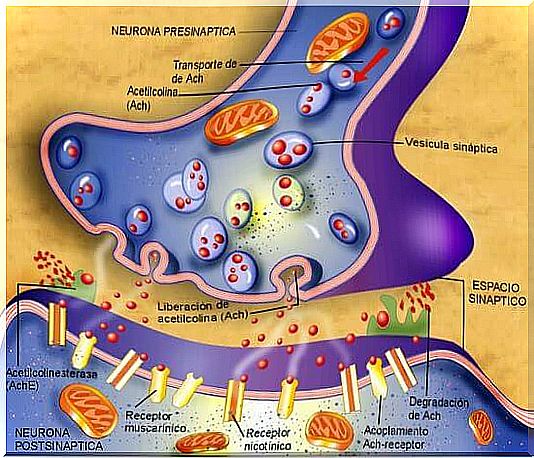
Depending on how many parts of the body they affect, they can be: focal, segmental, multifocal or generalized. In addition, they are classified according to their cause:
Hereditary (primary) dystonias
They constitute the most important group in childhood. They are diagnosed by their specific genetic defect. Among these we highlight:
- Isolated generalized dystonia: characterized by not being associated with other neurological symptoms. The most frequently altered gene is the DYT1 gene. The average age of onset is 12 years. It is important to know that most of the symptoms occur in the legs.
- Dopa sensitive dystonia: also called Segawa disease. It is one of the few that can be treated. It begins around 6 years of age, with a gait disorder. It is more common in girls. Also, symptoms fluctuate throughout the day.
Transitory developmental dystonias
- Benign Infant Dystonia: seen in infants 3 to 8 months. The infant’s psychomotor development is not affected. In fact, the condition usually returns spontaneously after one year of life.
- Benign paroxysmal torticollis: rare. They can be associated with vomiting and gait instability. However, it usually improves after five years of life.
Hereditary degenerative dystonias
They are produced by mutations in genes involved in metabolism. They are much more complex. Pathologies such as Lesch Nyhan disease and Niemann Pick disease stand out.
Secondary dystonias
They are those produced by other underlying pathologies. They can be due to infections, tumors, structural defects, toxins, drugs, and so on. Consequently, this cause must be identified and treated.
Diagnosis of dystonia
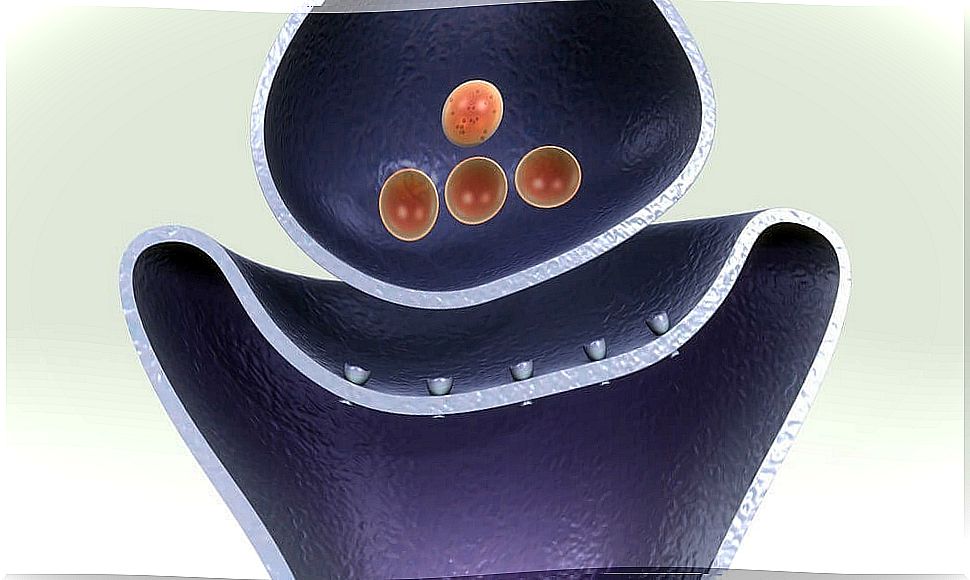
First, secondary dystonias must be ruled out. For this, a detailed clinical history, toxocological and neuroimaging studies are carried out. Imaging tests include computed tomography and magnetic resonance imaging.
Complementary metabolic and genetic studies should also be performed. In fact, the diagnosis is complemented with the performance of an electromyogram and electroneurogram. Thus, the prognosis and treatment can be defined.
Treatment of dystonia
First, anticholinergics are given for generalized dystonia. Some of them are trihexyphenidyl or benztropine. They reduce spasms by blocking specific nerve impulses.
However, they have numerous side effects. These include confusion, drowsiness, dry mouth, blurred vision, dizziness, and so on. They are also usually given a mild anxiolytic, such as clonazepam. If the generalized dystonia is severe or does not respond to medications, deep brain stimulation may be done.
Children with dopa-sensitive dystonia are markedly better when treated with more levodopa. carbidopa . If one or a few parts of the body are affected, botulinum toxin can be injected into the overactive muscles. It weakens muscle contraction, but does not affect the nerves.
Conclution
It is important to consult your pediatrician if you notice involuntary muscle movements in your child. You may have a movement disorder such as dystonia. Usually, it disappears after a few months without sequelae. However, it should not be underestimated. Dystonias that last into adulthood can lead to disability.


